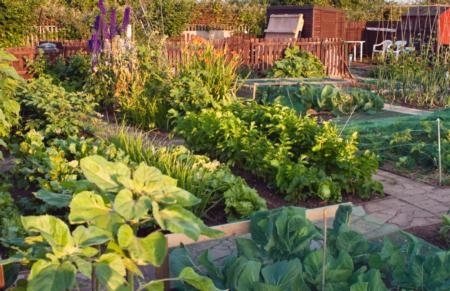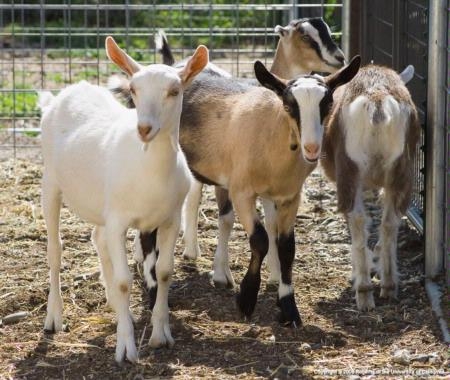
Posts Tagged: household management
Yellowjackets and other social wasps
There are a large number of wasp species in California. Only a few species live a social life. Some of these wasps perform a great service by killing large numbers of plant-feeding insects and nuisance flies.
Left on their own, wasps are not a problem. They become a problem when they sting, or threaten to sting humans. Luckily there are steps to take to reduce the potential for interactions with these potential pests. UC ANR’s Yellowjackets and other social wasps publication can help.
Topics include:
- Identification and life cycle
- Injury or damage
- Management
Recipes from the garden
The USDA’s People’s Garden has a wide variety of resources for the home gardener, including recipes. Many of the recipes were developed by students in DC’s Central Kitchen Job Training Program.
The recipes are brimming with fresh vegetables and herbs. They include:
- Roasted Root Vegetable Medley
- Roasted and Curried Butternut Squash Soup
- Afghani Sweet and Spicy Pumpkin Kabobs
- House Brined Pickles
- Summer Corn Salad
- Tomato Bruschetta
- Chinese Veggies and Rice
- Minted Cucumber and Tomato Salad
- Gazpacho Andaluz
We hope you enjoy them!
Dairy Research and Information Center
The California dairy industry produces the most milk of any state. In addition to milk we also produce many other dairy products including frozen desserts and cheeses. The UC Davis Dairy Research and Information Center is full of fabulous information to help industry professionals.
In addition they also have advice for those who are interested in making dairy products at home.
Their website provides information for:
- Dairy foods
- Dairy food sciences
- Dairy foods history
- Dairy processing
- Goat dairy foods
- Home manufacturing
- Links for further information
Removing Honey Bee Swarms and Established Hives
Recently our office has received many calls about bee swarms. These calls are typical at this time of year. Each swarm can contain 5,000 to 20,000 bees.
Understandably bee swarms can cause uneasiness to residents unfamiliar with honey bees. While the swarms might seem frightening, the common honey bee is extremely docile. Unless they feel threatened they are unlikely to react defensively.
Swarming bees are in search of a new home. Honey bees prefer dark cavities with an easily defendable entrance at least 9 feet from the ground. Hollowed out trees are ideal sites, but other favored sites include: inside walls of houses, in or around chimneys, in outbuildings, fences, shrubs, water meters, utility boxes, barbecue grills, or under decks.
To learn more about honey bee swarms and hives, please see UC’s Removing Honey Bee Swarms and Established Hives.
Topics include:
- What is a bee swarm?
- Damage
- Swarm clusters
- Preventing establishment of a colony in your home
- Removing established colonies from your home
- Preventing future invasions
- Finding professionals to assist with colony extractions
Backyard conservation
The Natural Resource Conservation Service (NRCS) works extensively with the nation’s farmers and ranchers to protect soil, water, air, plant, and animal resources while meeting production goals.
Working with agricultural producers allows NRCS to promote conservation practices approximately 1.4 billion acres of the privately held land in the United States. About 92 million acres of land in our country is tended by home gardeners. In an effort to promote conservation on these lands, NRCS has partnered with other organizations to produce, Backyard Conservation: Bringing Conservation From the Countryside to Your Backyard.
This full-color and informative online resource highlights 10 conservation activities that can be used in your backyard, shared spaces, and public places too.
Topics include:
- Trees add beauty and so much more.
- Trees, shrubs, and other plants can provide homes and food for wildlife.
- A backyard pond will likely become the focal point for all your backyard conservation.
- Wetlands filter excess nutrients, chemicals, and sediment and provide habitat for a host of interesting creatures.
- Composting turns household wastes into valuable fertilizer.
- Mulching cools, protects, and enriches the soil.
- Apply only those nutrients the plants can use. (See our previous post on soil test kits to help you get accurate test results.)
- Terracing makes flower and vegetable gardening possible on steep slopes.
- Drip irrigation and other water conservation practices can save water and money.
- Early detection and treatment of pests means a healthier growing environment.

Backyard Conservation from NRCS can help people create beautiful and healthy environments! Photo from NRCS resource.




